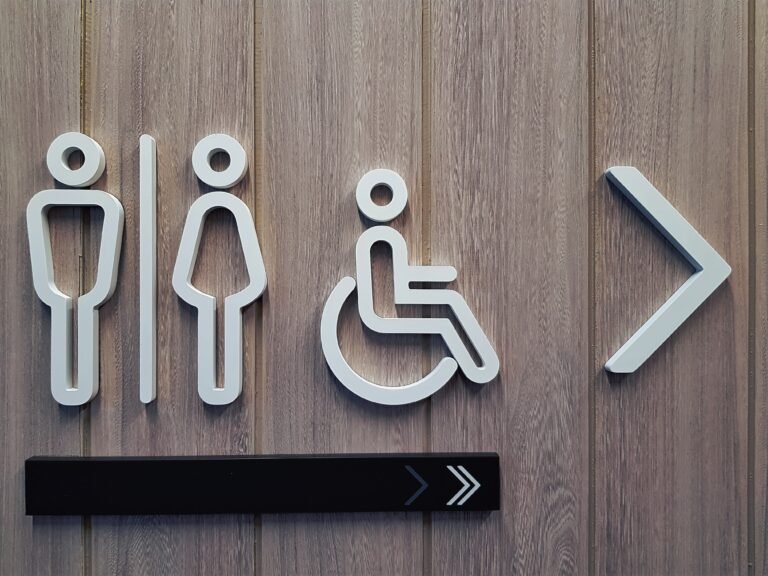Every building relies on details to function well. Lighting, layout, and furniture usually get attention, but signage on doors often goes unnoticed until it isn’t there. Even the most modern office can feel unfinished without door signage — Bsign makes sure that doesn’t happen.
Why door signage is essential
Signs guide people through spaces. In hotels, they help tired guests find their rooms without wandering. In offices, they show visitors where to go and keep employees from wasting time. Without them, frustration grows quickly

Clear door signage doesn’t just tell people where they are — it builds confidence in the place itself. A building with consistent, well-placed signs feels organized and professional.
Materials that shape the message
The choice of material does more than decide how long a sign will last. It influences how people perceive the space:
- wooden signage adds warmth and a human touch, common in creative or boutique interiors;
- acrylic plates look clean and modern, a natural fit for minimalistic or tech-oriented offices;
- stainless steel signs suggest strength and formality, often used in corporate or public buildings.
Even small design decisions, like color contrast and font style, affect how easily a sign can be read and understood.
What modern signage includes
Today’s signage is expected to do more than list numbers. Practical features can make everyday life in buildings smoother:
- room names or icons that simplify orientation;
- Braille or tactile text to support accessibility;
- directional arrows to guide people through corridors or large facilities;
- logos or brand elements that connect navigation with identity;
- consistent typography and sizing, ensuring signs work together as a system.
These details may seem simple, but together they form a language that helps people feel comfortable in a space.
Spaces that rely on good signage
Not every door needs an elaborate plate, but some areas absolutely depend on them:
- reception areas, where clear signs set the tone for visitors;
- meeting rooms, where people need quick orientation;
- guest rooms in hotels, where clarity shapes comfort;
- shared facilities such as kitchens and restrooms;
- departments and offices in large buildings with multiple teams.
In these situations, signage is part of daily function, not decoration.
Everyday benefits in practice
Consistent signage brings advantages that add up over time:
- faster navigation, reducing confusion;
- professional appearance, creating trust with clients and guests;
- inclusivity, making the building usable for everyone;
- durability, when signs are made from materials built to last.
These may sound like small points, but they shape how smoothly a building works day after day.
A designed element, not an afterthought
Modern interiors treat signage as part of design. It is not added once everything else is finished, but planned alongside the layout, lighting, and furniture. A wooden plate with engraved numbers, a sleek acrylic plaque, or a brushed steel plate can complement the style of the environment while providing clarity.

Some signs are bold and visible, others blend into the background. Both approaches work if they provide information quickly and consistently.
Door signage may be a small detail, but it is vital to the way we use spaces. It organizes movement, supports accessibility, and strengthens the impression of professionalism.
In offices, hotels, and public buildings, good signage proves that attention to detail is not optional — it is part of creating an environment where people feel confident and at ease.


































